Zucchini Container Care: Tips For Zucchini Grown In Containers
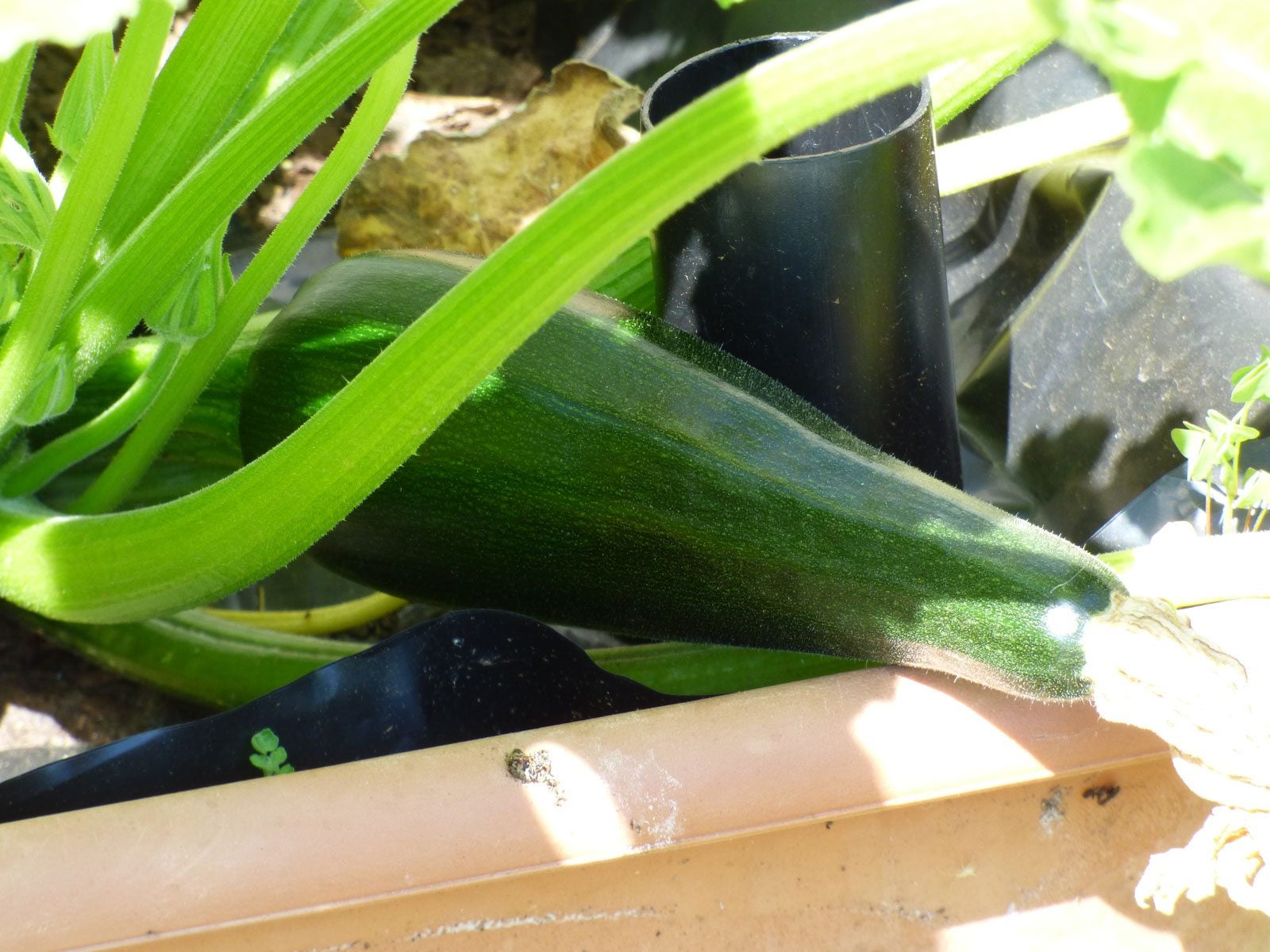

If you love zucchini but you’re short on gardening space, consider zucchini grown in containers. It’s true that zucchini plants can take up a lot of space, but growing zucchini in container gardens on your patio or balcony isn’t as difficult as you might think. Read on to learn about container grown zucchini.
How to Plant Zucchini in Pots
A container with a diameter of at least 24 inches (61 cm.) and a minimum depth of 12 inches (31 cm.) is best for container grown zucchini. Any type of container works well as long as it has at least one good drainage hole in the bottom. For example, a large, plastic storage container with drainage holes drilled into the bottom makes a good planter. If you want to grow more than one plant, consider a half whiskey barrel. Zucchini grown in containers requires a lightweight, well-drained potting soil such as a commercial mix containing ingredients like peat, compost, and/or fine bark, along with either perlite or vermiculite. Avoid regular garden soil, which probably contains pests and weed seeds, and quickly becomes compacted enough to smother the roots. You can easily plant zucchini seeds directly in the pot about two weeks after the last frost in your area. Consider compact, dwarf plants such as Cue Ball, Gold Rush, and Eight Ball, especially if you’re growing zucchini in a smaller container. Plant two or three seeds in the center, at a planting depth of about an inch (2.5 cm.). Allow a couple of inches (5 cm.) of space between each seed. Water the soil lightly and keep it slightly moist but not soggy until the seeds germinate in a week or two. If all of the seeds sprout, thin them after about two weeks. Remove the weakest and leave a single, strong seedling.
Zucchini Container Care
Once the seeds sprout, water the zucchini plants deeply whenever the top 2 inches (5 cm.) of soil feels dry to the touch, then allow the top of the soil to dry before watering again. Zucchini is a sun-loving plant that needs an absolute minimum of six to eight hours of sunlight per day; eight to ten hours is even better. Feed the zucchini plants every four weeks, using a balanced, water-soluble fertilizer. Alternatively, mix a time-release fertilizer into the potting mix at planting time. Depending on the variety, zucchini plants will likely require stakes to support the long vines. A tomato cage inserted into the container works very well. Install the cage at planting time to prevent accidental damage to the plant. Dwarf varieties may not require staking.
Gardening tips, videos, info and more delivered right to your inbox!
Sign up for the Gardening Know How newsletter today and receive a free copy of our e-book "How to Grow Delicious Tomatoes".

A Credentialed Garden Writer, Mary H. Dyer was with Gardening Know How in the very beginning, publishing articles as early as 2007.
-
 Looking For Plants To Give You The Soft And Fuzzies? Try These 5 Fuzzy Leaf Plant Options
Looking For Plants To Give You The Soft And Fuzzies? Try These 5 Fuzzy Leaf Plant OptionsLovers of texture, drama, silver foliage and tactile plants will adore these special sensory garden additions. These fuzzy leaf plant options will leave you all aglow
By Susan Albert
-
 Get Ready For A Summer Of Hummers! Grow These Full Sun Hummingbird Plants and Flowers
Get Ready For A Summer Of Hummers! Grow These Full Sun Hummingbird Plants and FlowersIf you’re lucky enough to enjoy a sunny backyard, make sure you are maxing out on your pollinator opportunities and grow these full sun hummingbird plants and flowers
By Tonya Barnett
-
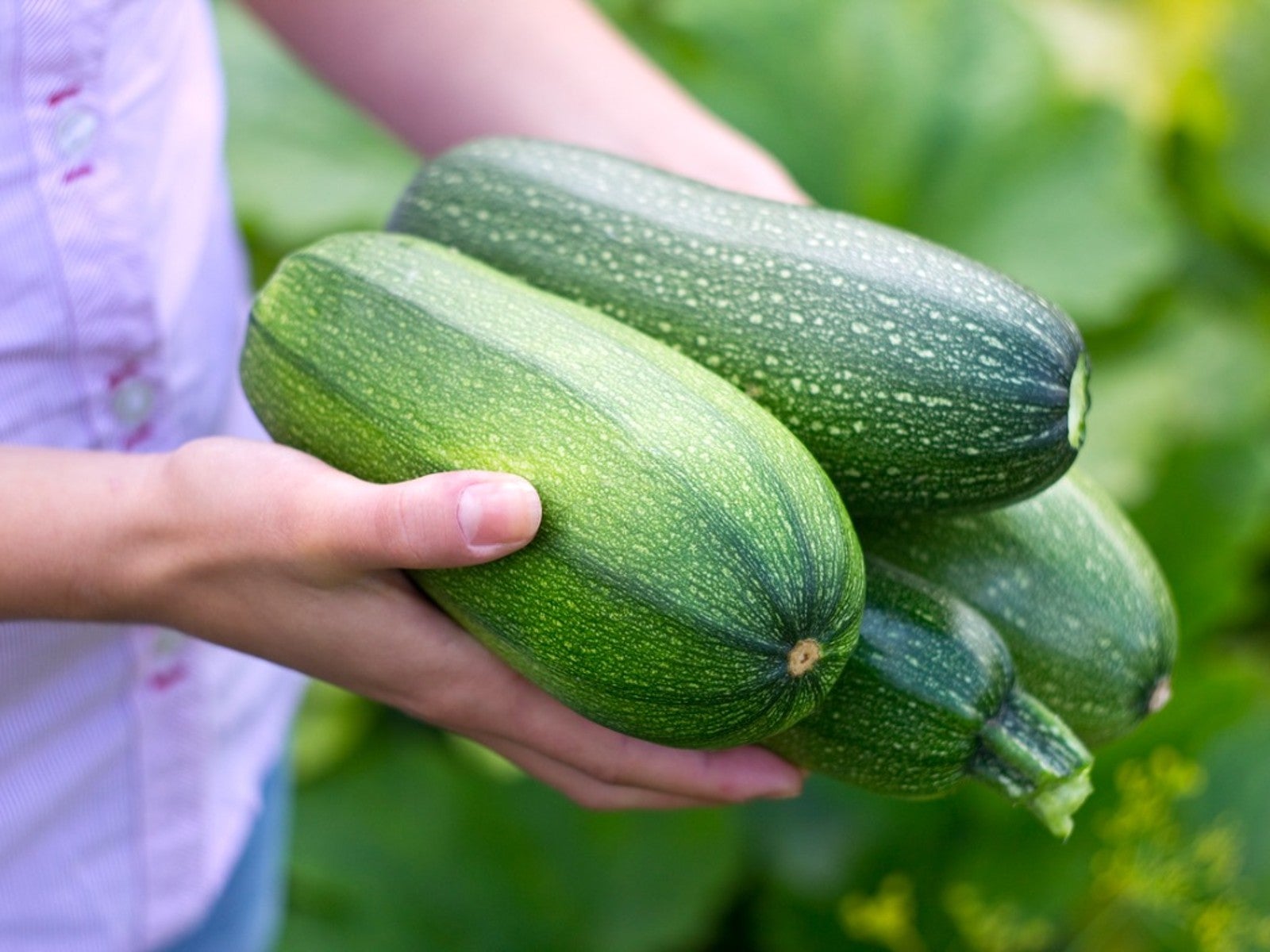 Too Much Zucchini? Celebrate Sneak Some Zucchini Onto Your Neighbor's Porch Day On August 8th
Too Much Zucchini? Celebrate Sneak Some Zucchini Onto Your Neighbor's Porch Day On August 8thWhen you have a bumper crop of zucchini, remember there’s a special day that invites you to stealthily put the excess on your neighbor’s porch. Really. Read on.
By Bonnie L. Grant
-
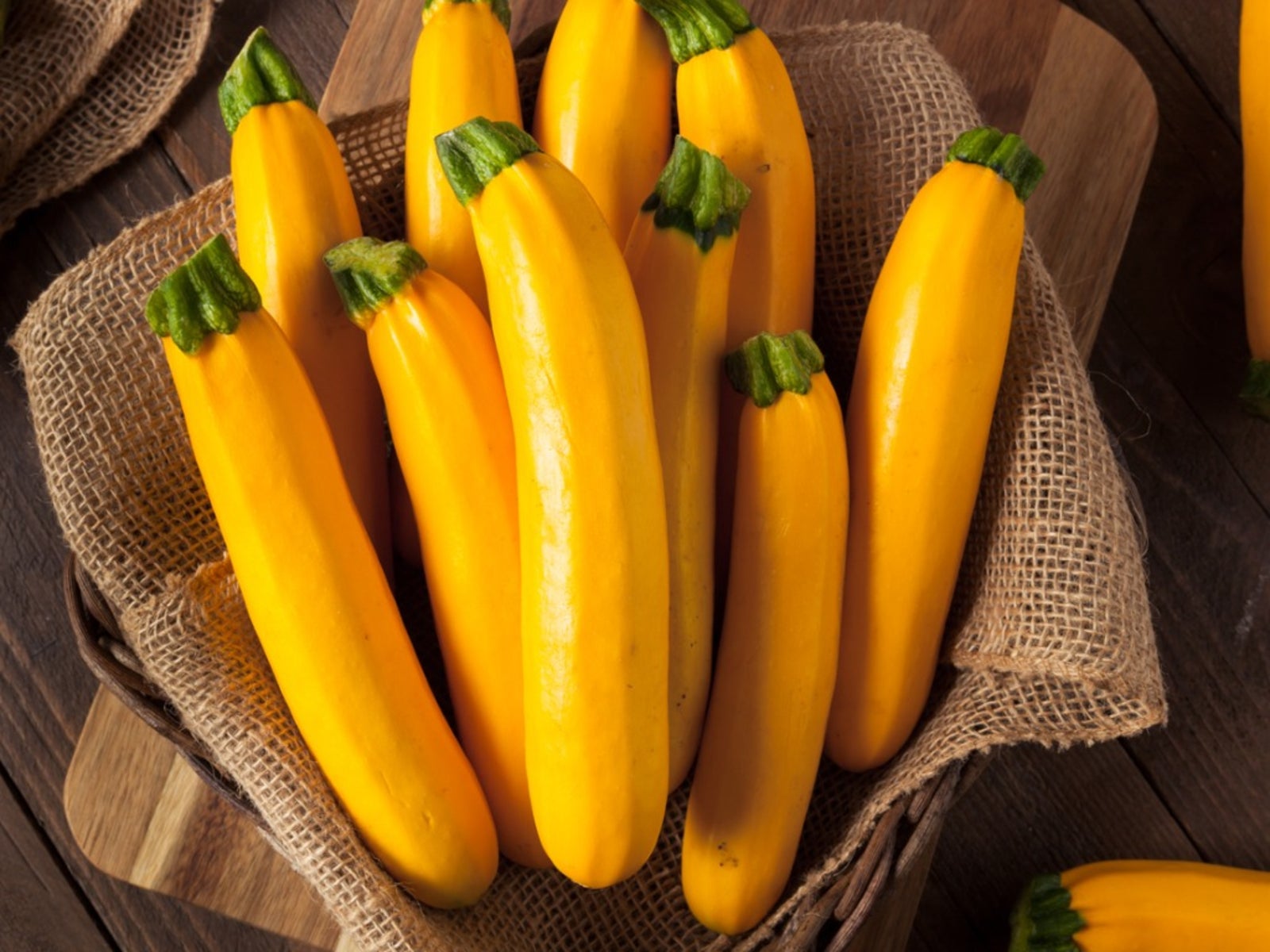 Golden Zucchini Plants: How To Grow Golden Zucchini In The Garden
Golden Zucchini Plants: How To Grow Golden Zucchini In The GardenZucchini has been a garden staple for centuries. If you're a bit tired of the typical green zucchini, try growing golden zucchini plants. A twist on an old favorite with brilliant yellow color, the following article contains golden zucchini information.
By Amy Grant
-
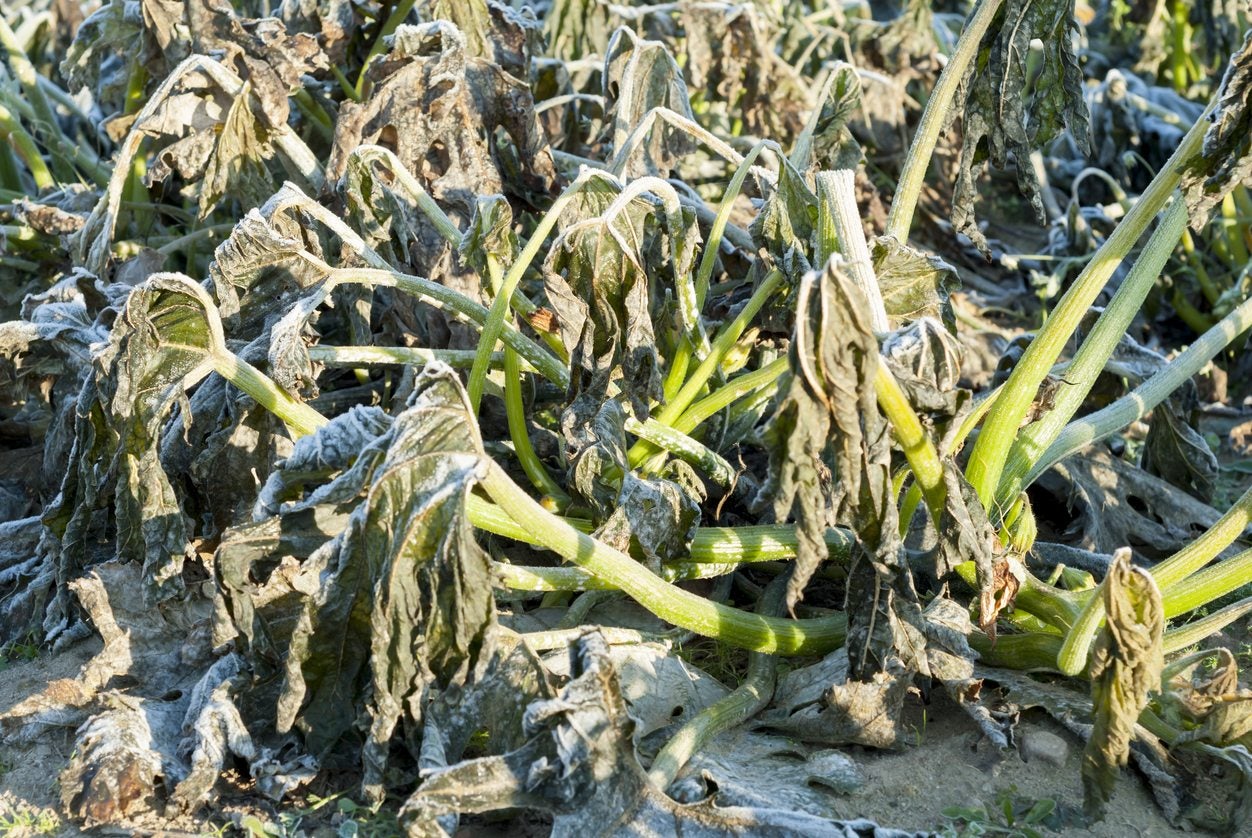 Zucchini Plant Protection: Protecting Zucchini Plants From Frost And Pests
Zucchini Plant Protection: Protecting Zucchini Plants From Frost And PestsZucchini is a generally easy to grow, reliably prolific producer - as long as you can keep pests away. Early frosts can also dash your hopes for zucchini bread and other squash treats. In the following article, we'll discuss how to protect zucchini squash from both.
By Amy Grant
-
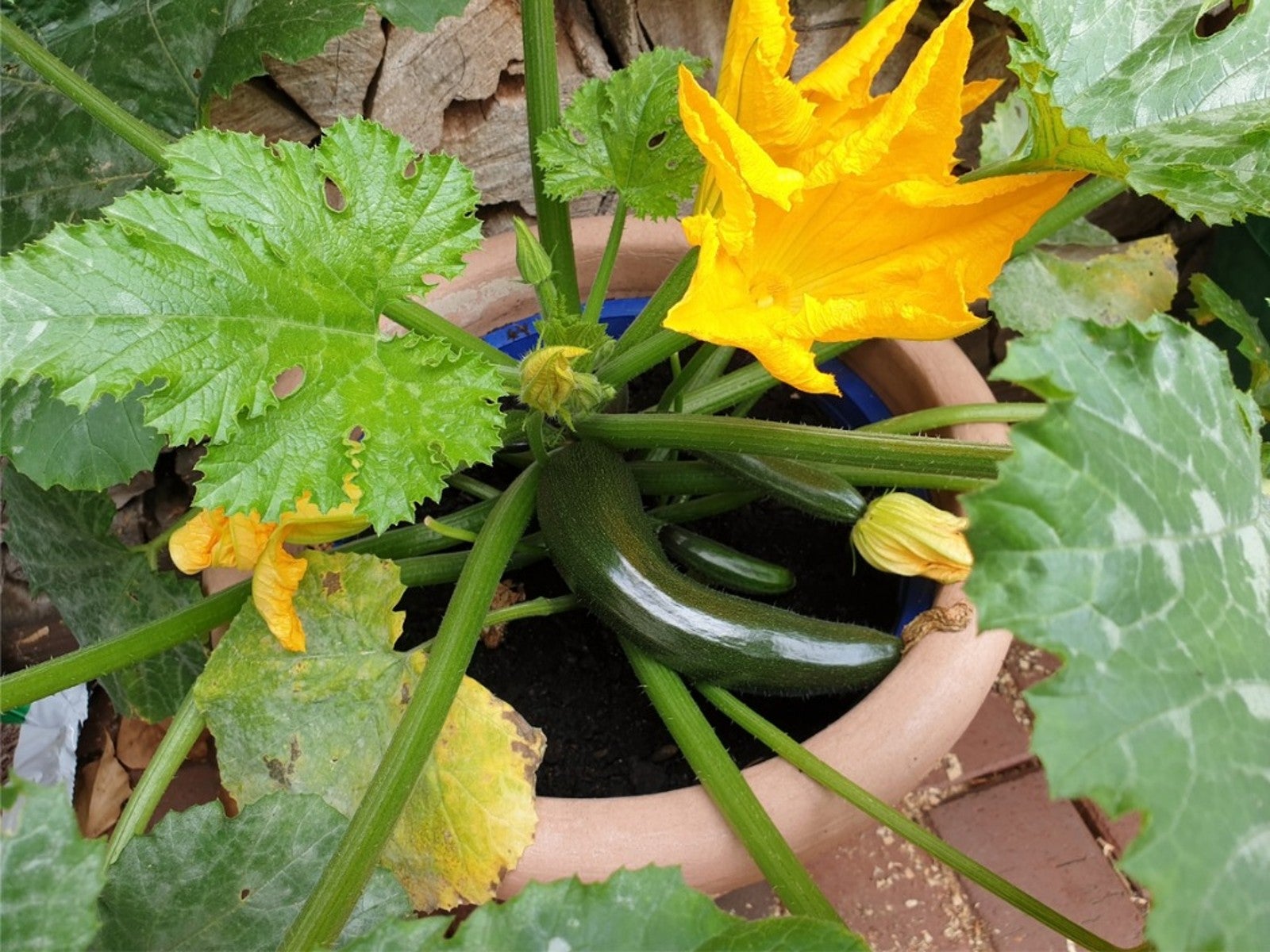 Zucchini Leaves Turning Yellow: Reasons For Yellow Leaves On Zucchini
Zucchini Leaves Turning Yellow: Reasons For Yellow Leaves On ZucchiniIf you see the leaves on your zucchini plants turning yellow, don’t panic. Learn about the causes and ways to fix the problem.
By Amy Grant
-
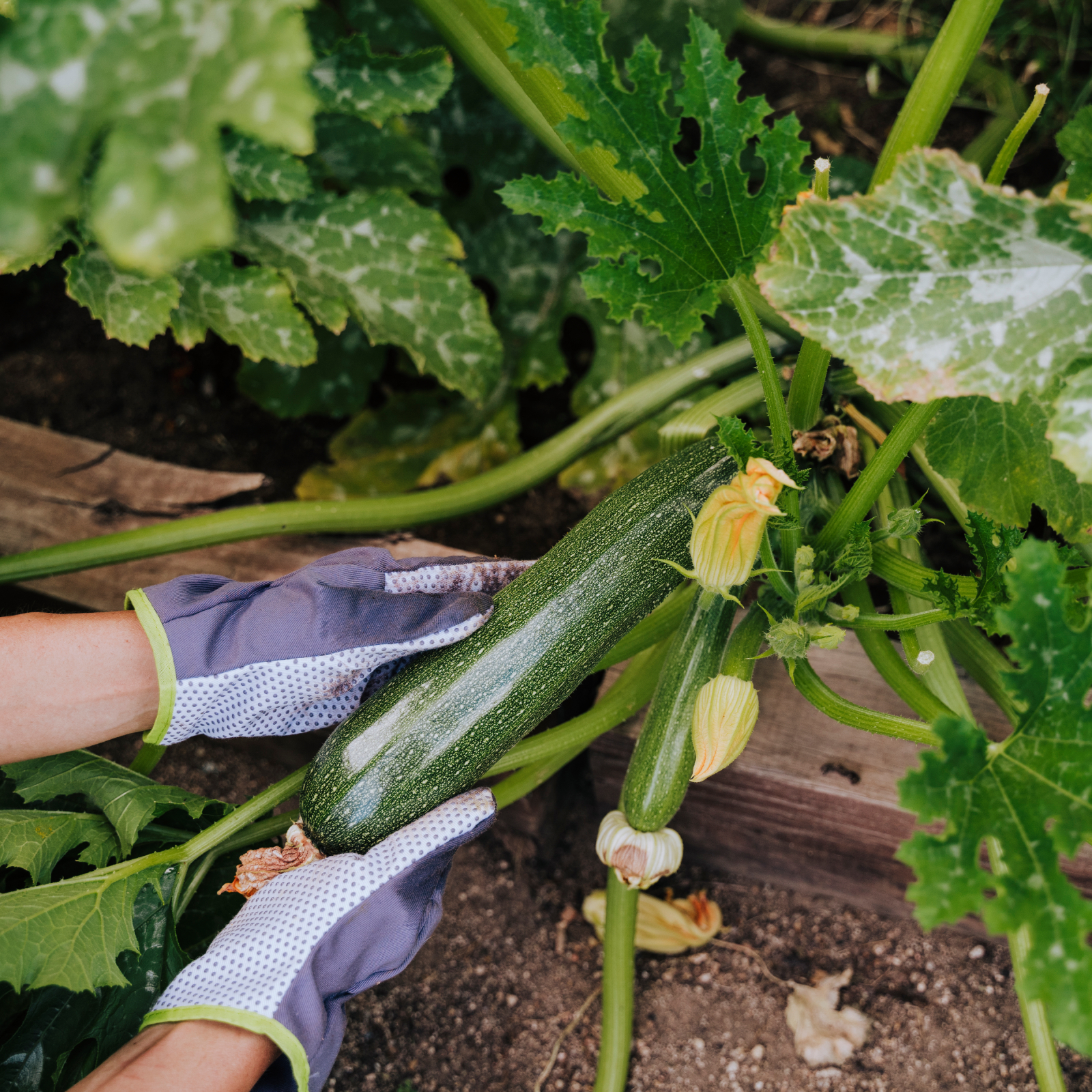 How And When To Harvest Zucchini For Delicious Squash All Summer Long
How And When To Harvest Zucchini For Delicious Squash All Summer LongIt's not always easy to know when to pick fruits and vegetables, and zucchini is no exception. So when is zucchini ready to pick? Find out all the dirt on how and when to harvest zucchini in the article that follows.
By Amy Grant
-
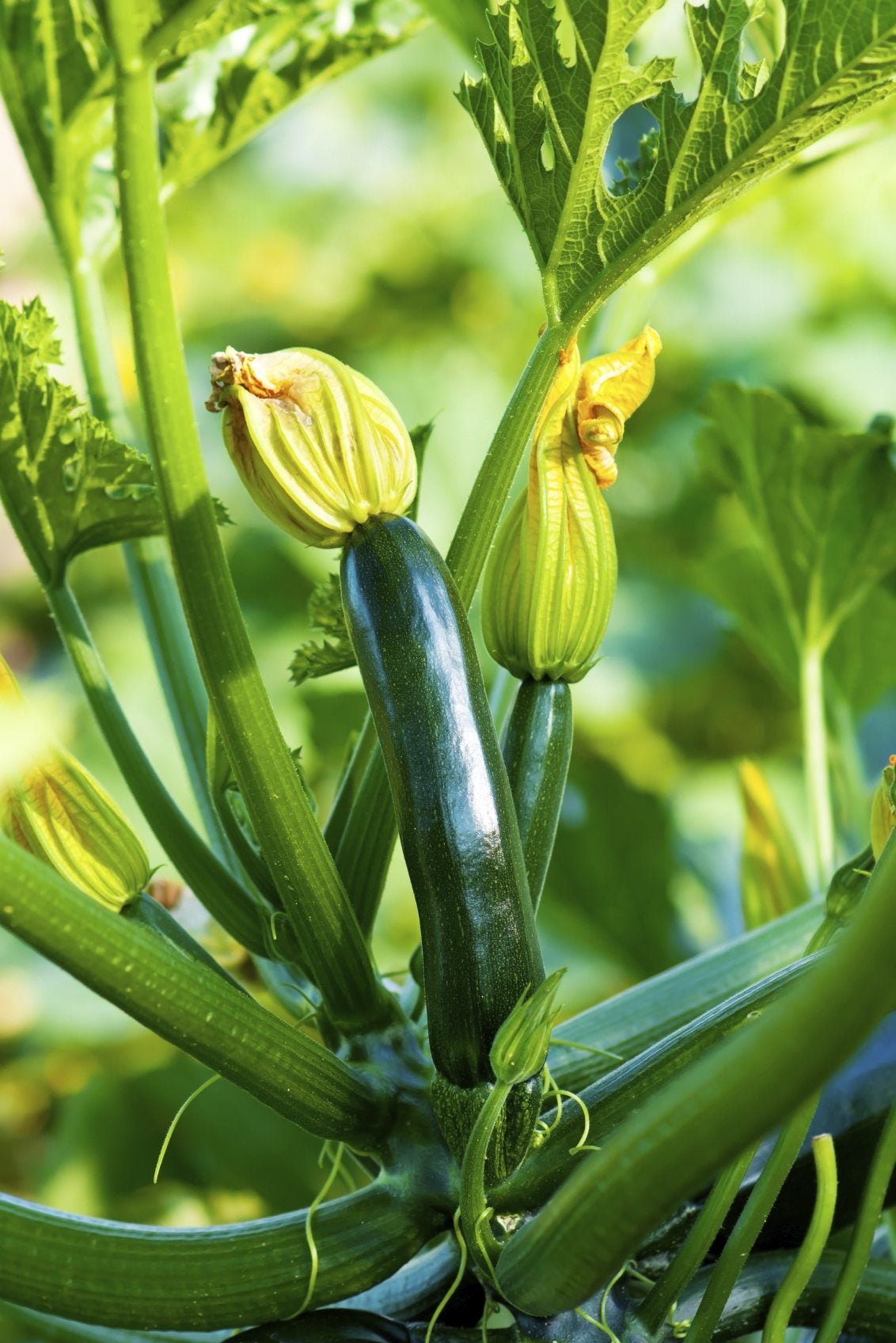 Zucchini Plant Fertilizer: Tips On Feeding Zucchini Plants
Zucchini Plant Fertilizer: Tips On Feeding Zucchini PlantsZucchini is one of the most popular summer squash varieties to grow in the vegetable garden. To get the highest yield of fruit, you may question "should I fertilize zucchini." The following article contains information on zucchini fertilizer requirements.
By Amy Grant
-
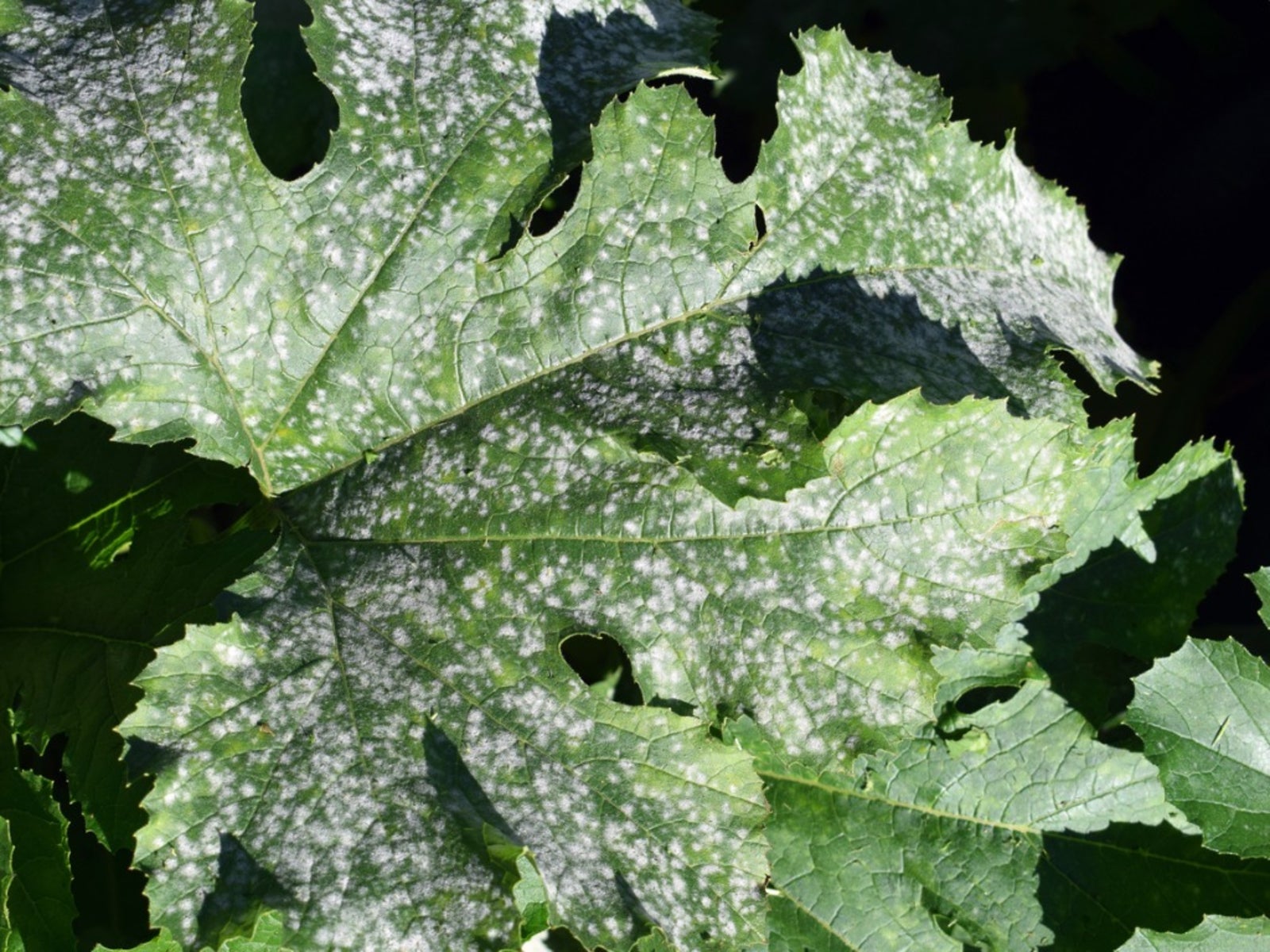 Zucchini Squash Diseases: Common Diseases Of Zucchini Plants
Zucchini Squash Diseases: Common Diseases Of Zucchini PlantsSadly, there are a few zucchini plant diseases that you need to watch for in order to reap that bountiful harvest. Treating zucchini diseases often starts with soil preparation, crop rotation and a little pre-planning to minimize any potential issues. Learn more here.
By Bonnie L. Grant
-
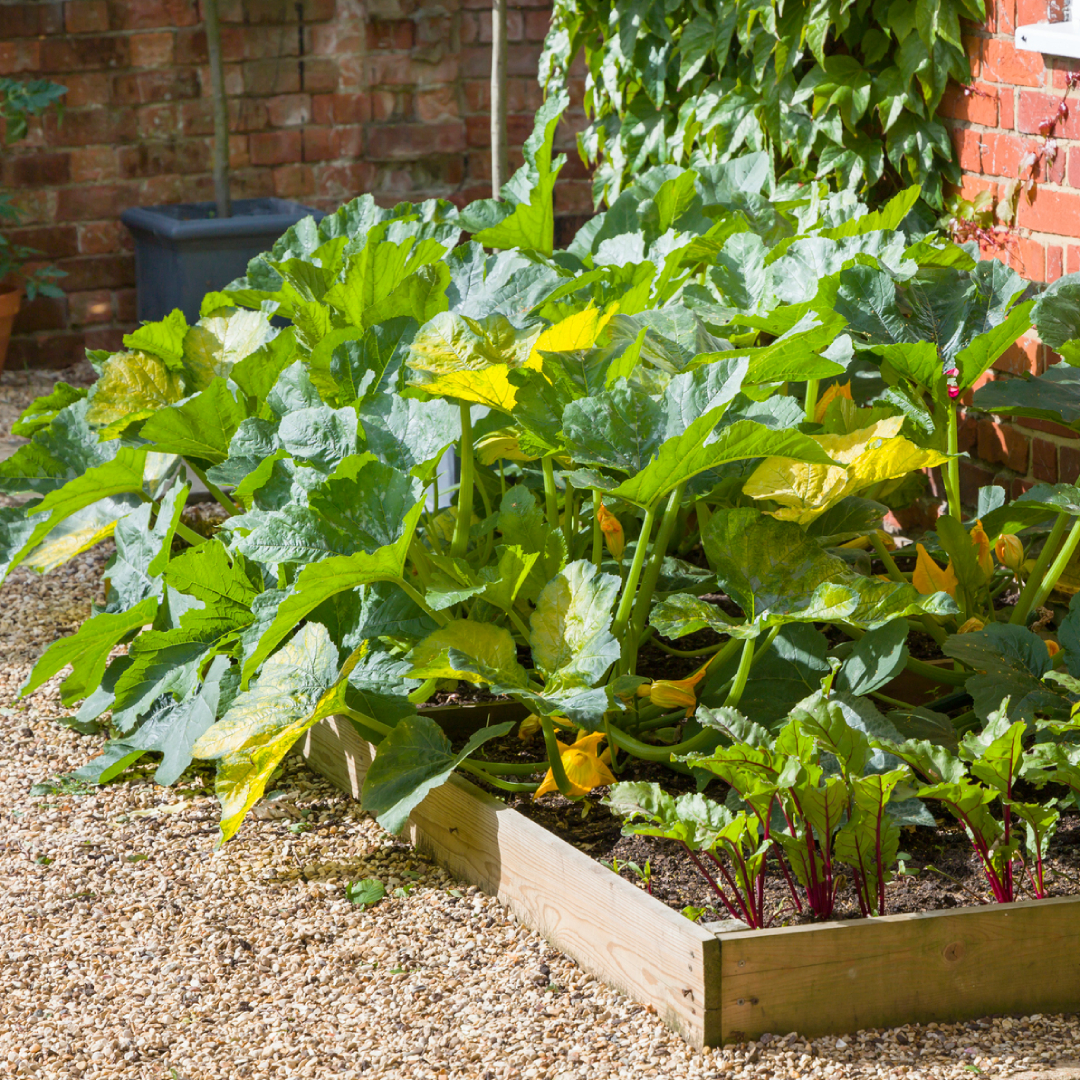 Zucchini Companion Plants: Best Plants To Grow With Zucchini
Zucchini Companion Plants: Best Plants To Grow With ZucchiniAre you wondering about companion planting or what grows well with zucchini? Gardeners can take advantage of several plants that are compatible with zucchini. This article will help get you started.
By Mary H. Dyer